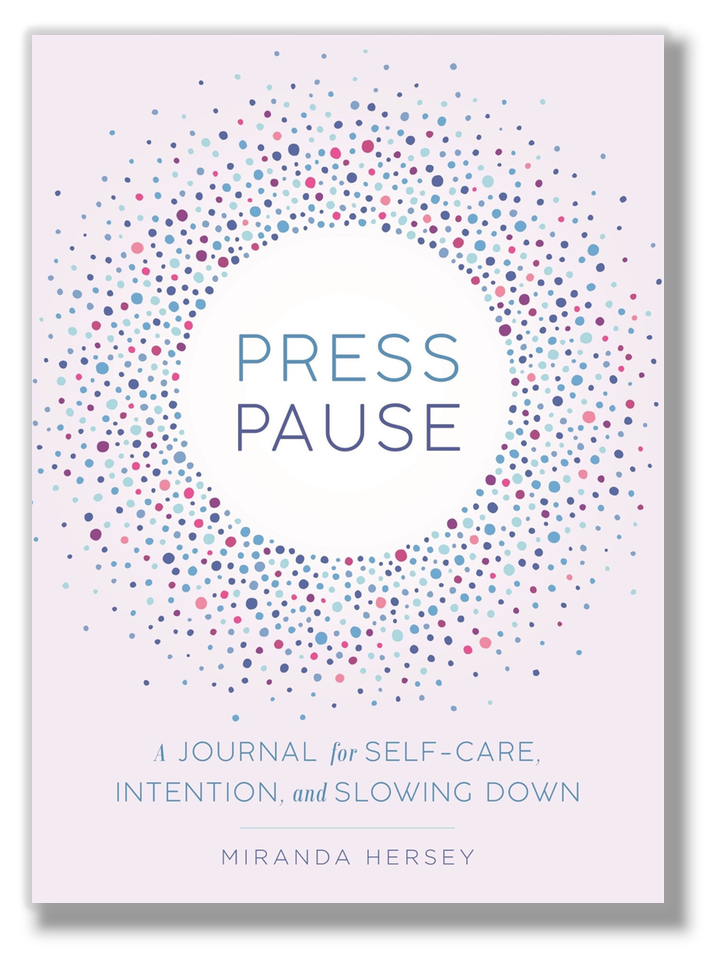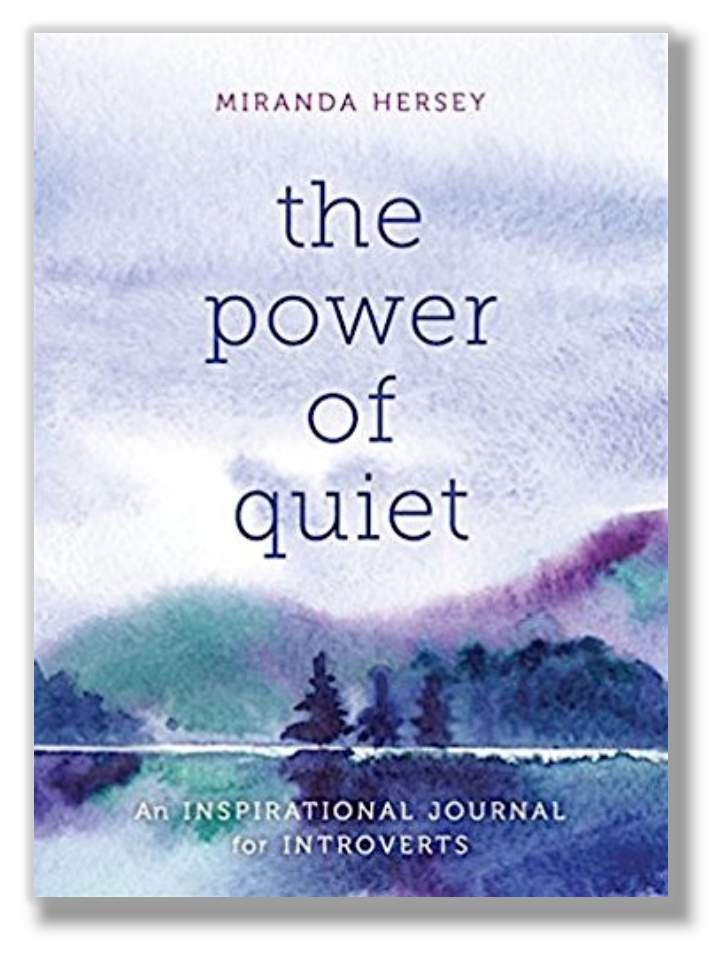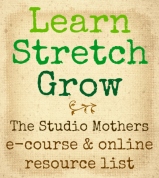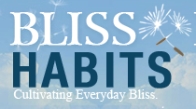Painting in Between: Kim Rohrs

Kim Rohrs
Kim Rohrs is a mixed-media artist and mother of two who, when faced with the challenges of raising a family, learned to adjust her working style in order to continue creating. Rather than feeling like she was just making do, Kim’s new process actually facilitated her success and led her to reframe possibility and outcome; skills that are serving her beautifully in the face of a difficult medical diagnosis. If you need a hand on your back — or a motivational kick on the rear — Kim’s story will have you rushing to your creative work, that pile of tired excuses left behind like last week’s dirty laundry.

“Rock Slide,” by Kim Rohrs (24″x24″ acrylic on canvas)
My story begins fairly typically. In 2014, I was a stay-at-home mom to two incredible girls, ages four and one. We had busy lives full of playdates, errands, housework, and fun. But when my youngest daughter was almost two, I began to feel a sense of loss of my identity as an artist. I had not consistently made art since she was born. I was finding it difficult and frustrating to find any significant amount of time to build up my practice. On the rare occasion when I had over an hour to paint, I’d be frozen with doubt, anxious that this could be the only chance I’d have to make art for weeks. Inevitably, I would make nearly nothing and feel even more frustrated than when I started.
I finally decided that I was done with this cycle. I was done craving time to paint and then feeling too anxious to paint when I did have the time. Instead, I started looking at what I did have. I had small amounts of time here and there, and the times changed from day to day. I had the desire to have a brush in my hand. I had a creative voice that was ready to be heard.
Bursts of Opportunity
And so, I started with these positives and slowly developed a way to let these guide my work. I decided to put away the materials that required long set-up and clean-up times. I got out watercolors and ink pens, even though I never considered myself a watercolor artist, and painting with watercolors was not the end goal for me. I did know, however, that watercolors were the materials I needed to build the habit of painting because they are quick and easy to get out and put away. I usually paint in an abstract style and allow paintings to evolve over time and contemplation. Instead of this usual way of painting, I decided to find microscope slides and use these images as inspiration. That way, I could pick up my work, look at an image and get painting without much thought in deciding what to do next.

“Enough for Everyone 2,” by Kim Rohrs (24″x24″ acrylic on canvas)
This method began to work well for me, and I was finding five-minute breaks in the day to grab a brush, put down a few colors, and walk away. I tried painting at the dinner table while my children ate snacks or played with Play-Doh. I painted while they were playing on their own. I even grabbed my brush while walking by my materials and just added a few colors while still standing at our cabinet where my materials sat. Sometimes it went great, sometimes it was a huge challenge. I tried waking up early to paint, or staying up late to paint. I learned that all of these habits served good purposes for me at different times. Enjoying the variety was a new skill I was building.
As I persisted, a shift began to happen. I began to see other times in my day when I could be painting, and because I always knew what I was painting next, these chunks of time became very productive for me. With the unwavering support of my husband, I very gradually went from painting for 5 minutes at a time to consistently painting 10-15 hours a week. Once I had the habit of painting, I revisited my acrylics and my traditional way of abstract painting, which I loved. I even felt ready to experiment with new materials. I started applying for shows, and after a handful of rejections, my work began getting accepted. What started as my five-minute habit was becoming my part-time job, and I loved it.
Artist Statement: “I enjoy giving attention to the many parts that make a whole, specifically the way in which cells provide life for all living things and therefore allow for consciousness to occur. I do this by drawing inspiration from cellular forms. These forms flow, oscillate and intersect in my paintings. At times obsessively painted and at other times concealed or muted, the cellular form drives my paintings and allows me to explore themes through this most basic representation.”
—Kim Rohrs
Dealing with the Unexpected
Fast forward to April 2017. On Easter weekend, I began to develop neurological symptoms that grew and developed over the course of weeks. I entered the realm of medical tests, hypothesis, trying not to Google everything, and waiting. Between April and June I struggled with vision loss, numbness, a feeling of pins and needles over my body, and tremors. On some days, my tremors were extreme enough that I could not paint and on other days I could not trust my vision to help me mix the right colors I needed. I did not paint for a full two months.

“Horizon,” by Kim Rohrs (24″x24″ acrylic on canvas)
In many ways, this was a difficult two months of my life. I felt as though I did not know my body anymore, and each day presented with something different I needed to adjust to. My paint palettes dried up, canvases remained still and incomplete, and I stopped looking for shows to apply to. I was not sure what was happening to me, or how long it was going to last.
What surprised me the most in these months of sickness was that I was not upset about not being able to paint. Instead, I found myself filled with gratitude that when I was able to paint, I DID paint. I was so glad I did not wait until the circumstances were perfect. I did not wait until I was in the right mood. I did not wait until the entire house was spotless. I painted in small bursts when the opportunity arose, and I found ways to build a regular practice from there. I let my body feel sick without the added weight of guilt that comes with “what if.”
The official diagnosis came in: multiple sclerosis.

“Plant Cell Study One,” by Kim Rohrs (8″x10″ watercolor and ink on paper); The first painting Kim completed after committing to painting for five minutes at a time in bursts.
The Current Condition
By the time I was diagnosed with MS, the episode was calming down and I was able to paint again. I have since had to adjust my expectations and cut back on deadlines until I get to know this new companion in my life. I am still so thankful for and so proud of the body of work I have completed, and it helps me to understand that change takes time. Developing this disease and not being able to paint as much as I used to does not necessarily feel like a step backward in my progress because now I know there isn’t a linear path to being an artist. It’s up, it’s down, it’s cyclical. It’s five minutes here, an hour or so there.

“Glacial Movement 2,” by Kim Rohrs (12″x12″ acrylic suspended in polished resin)
For me, making art is not about waiting for the right time, the right mood, the right state of mind, or the right state of body. It’s about showing up over and over again with the only expectation of putting paint to canvas. I have found when I am focused on this simple goal, I can achieve it repeatedly. And really, isn’t that most artists’ goal anyway? Using tools to make marks and images over and over again.
Having limited time raising young children allowed me to see that building an art practice can be as simple as I need it to be. Developing MS allowed me to value this simplicity. And now, when I have the time but not the physical ability for the long hours in the studio, I am able to remind myself that five minutes at a time is enough, today.
About Kim Rohrs
While earning my art therapy degree at Bowling Green State University, I took as many art studio classes I could cram into my schedule, specifically painting and ceramics. Although I wanted to become a professional artist, I felt a stronger calling to help others discover the healing capacity of art making. After graduating, I moved to Colorado to pursue my master’s degree in art therapy at Naropa University. It was there that I learned to meditate, to listen, to be curious, and to open my heart to help others. I practiced as an art therapist and play therapist, focusing my attention on children and families.
When my husband and I started having children, we felt the Midwest calling us back. We returned to Ohio and at that time I decided to commit my time to raising our children and making art. Today, I am a mixed-media artist. I work with acrylic and resin, encaustic, and watercolors. I am inspired by microscope slides, cycles found in nature, living mindfully, dreams, and art therapy. I paint whenever my kids are asleep. In other words, I am living my dream while my girls dream.
Connect with Kim
Facebook: Kim Rohrs Art
Instagram: @kimrohrsart
Email: kim@kimrohrs.com
Website: www.kimrohrs.com
To follow Kim’s MS journey, connect with her on Instagram: @ms_mindfulsimplicity.

Instagram: “My daughter and I painting together at the dining room table in 2015. This is when I was painting with watercolors and our dining room was my studio space.”
:::::
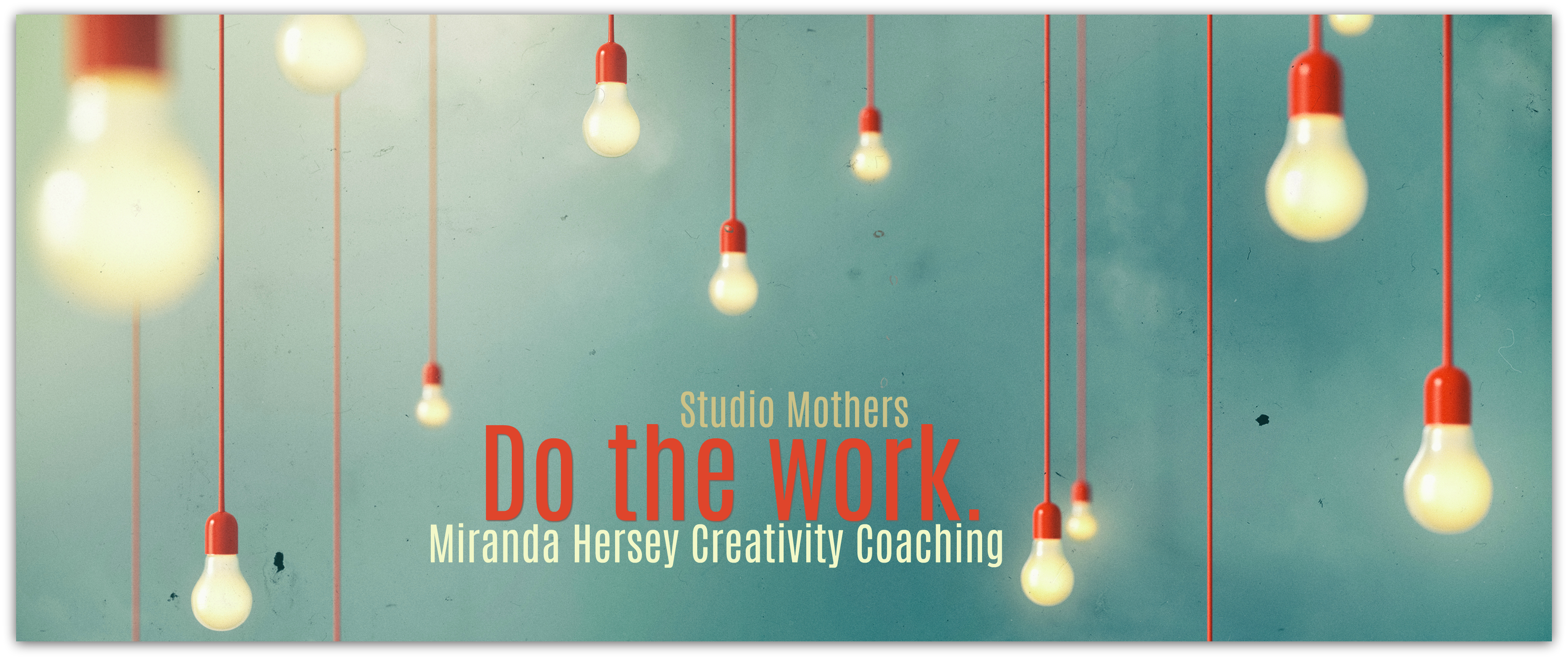





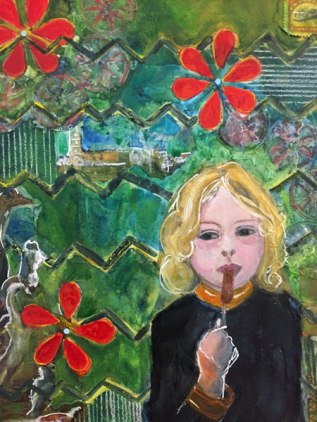

 SM: Please introduce yourself.
SM: Please introduce yourself.













